Discover 11 hidden attractions, cool sights, and unusual things to do in Lowestoft (United Kingdom). Don't miss out on these must-see attractions: Pleasurewood Hills, Lowestoft Maritime Museum, and East Anglia Transport Museum. Also, be sure to include The Seagull in your itinerary.
Below, you can find the list of the most amazing places you should visit in Lowestoft (England).
Table of Contents
Pleasurewood Hills
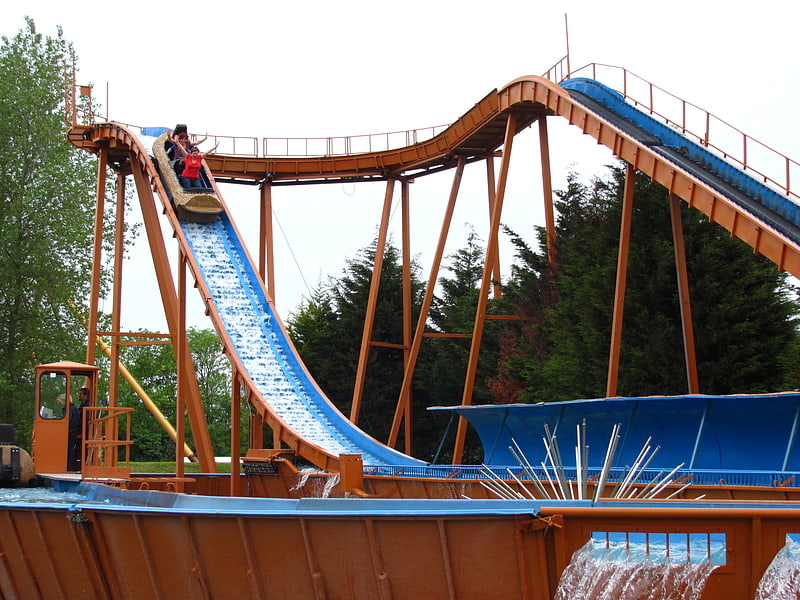
Theme park in Lowestoft, England. Pleasurewood Hills is a theme park on a 59-acre site between Corton and Gunton, near Lowestoft, Suffolk.[1]
Address: Leisure Way, NR32 5DZ Lowestoft
Lowestoft Maritime Museum
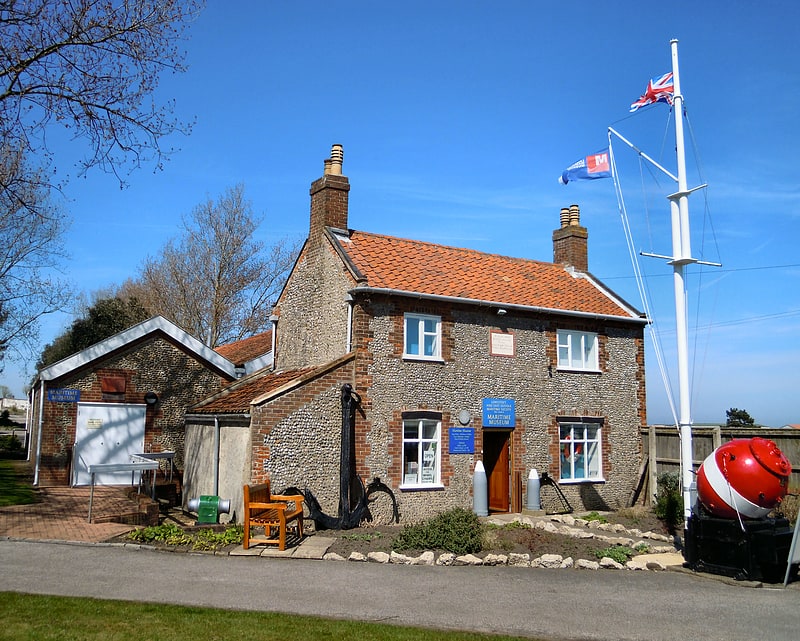
Museum in Lowestoft, England. Lowestoft Maritime Museum is a private museum in the town of Lowestoft in Suffolk, England that is dedicated to local and national maritime history. Its exhibits include maritime artefacts including medals awarded to Royal Navy and RNLI personnel, marine art, the fishing industry in Lowestoft and the town's involvement with the Royal Navy in World War II, shipwrights and coopers tools, an extensive collection of ship models in various scales, the workshop of Christopher Cockerell, the inventor of the hovercraft, and a small display dedicated to Thomas Crisp, a local man who posthumously won the Victoria Cross during World War I. Britain's most easterly museum, it is run by enthusiasts and volunteers and is open to the public from late April to late October each year. The museum was the Suffolk Museum of the Year in 2012 and a finalist in 2014. There is an admission charge.[2]
Address: Whapload Rd, NR32 1UL Lowestoft
East Anglia Transport Museum
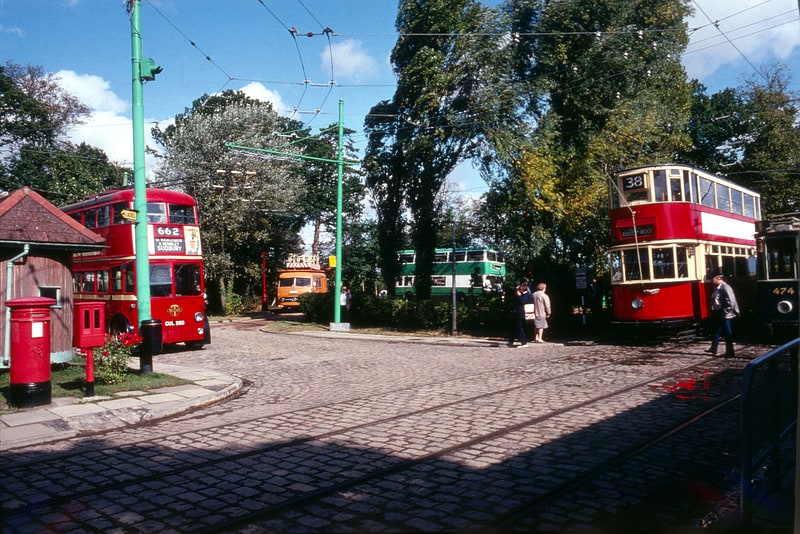
Museum in Carlton Colville, England. The East Anglia Transport Museum is an open-air transport museum, with numerous historic public transport vehicles. It is located in Carlton Colville a suburb of Lowestoft, Suffolk. It is the only museum in the country where visitors can ride on buses, trams and trolleybuses, as well as a narrow-gauge railway.[3]
Address: Carlton Colville, NR33 8BL Lowestoft
The Seagull
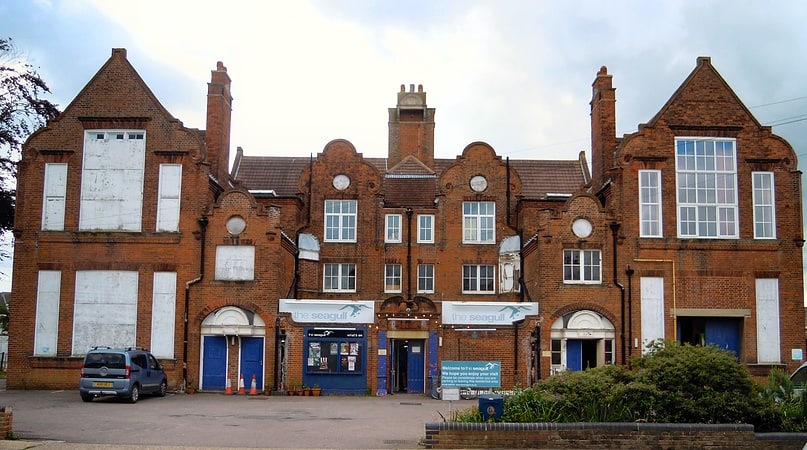
Theatre in Lowestoft, England. The Seagull is a theatre and cinema in Pakefield, a suburb of Lowestoft in Suffolk, run almost entirely by volunteers from the local community. It plays host to regional and national touring theatre companies as well as films and other acts, and runs its own production company known as The Seagull Rep. The slogan for The Seagull is "Transforming the Community through the Arts".
The venue has a main auditorium seating of 112 including space for wheelchair users, as well as a recording studio, dance studio and bar. The venue also has on-site car parking.[4]
Address: Lowestoft, Morton Road, Pakefield
Mincarlo
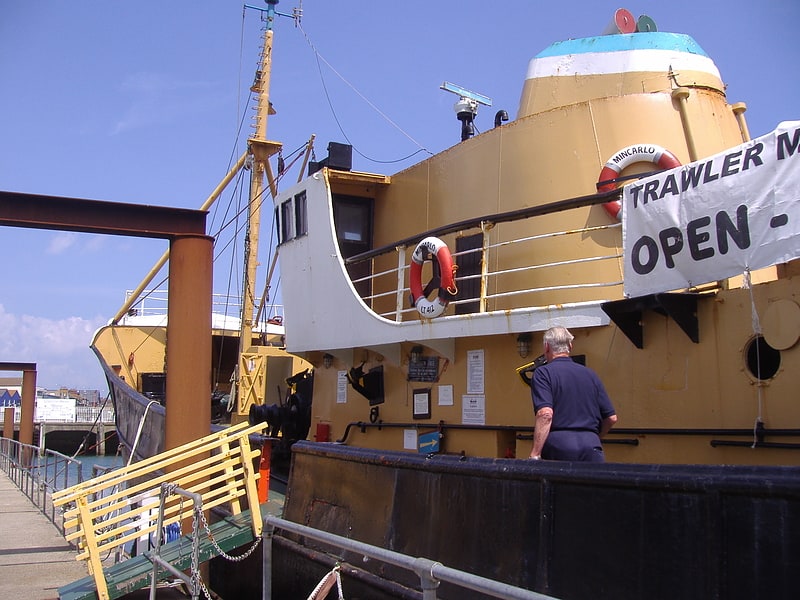
Fishing trawler. Mincarlo is the last surviving sidewinder fishing trawler of the Lowestoft fishing fleet. She is also the last surviving fishing vessel built in Lowestoft, with an engine made in the town.[5]
Somerleyton Hall
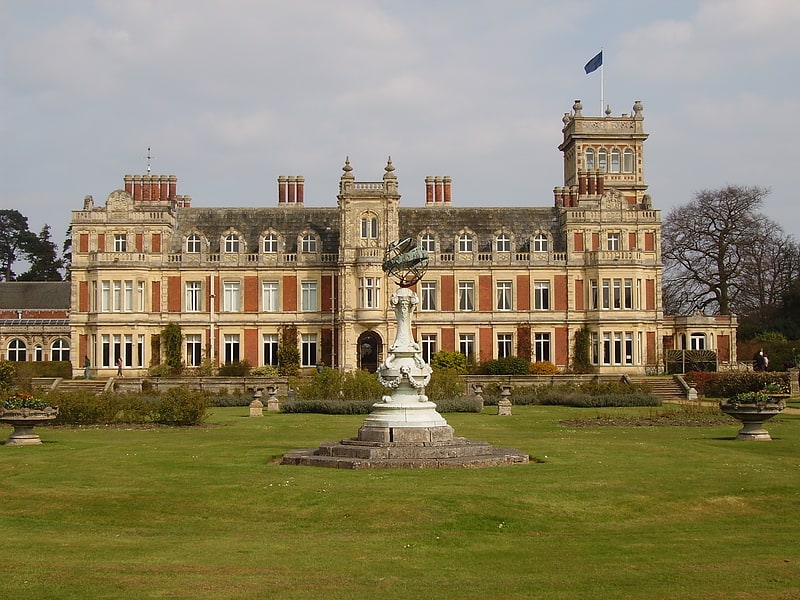
Somerleyton Hall is a country house and 5,000-acre estate near Somerleyton and Lowestoft in Suffolk, England owned and lived in by Hugh Crossley, 4th Baron Somerleyton, originally designed by John Thomas. The hall is Grade II* listed on the National Heritage List for England, and its landscaped park and formal gardens are also Grade II* listed on the Register of Historic Parks and Gardens. The formal gardens cover 12 acres. Inspired by Knepp Wildland, Somerleyton is rewilding 1,000 acres of the estate to which he has introduced free-roaming cattle, large black pigs and Exmoor ponies.[6]
Address: Lovingland, NR32 5QQ, Lowestoft
Lowestoft War Memorial Museum
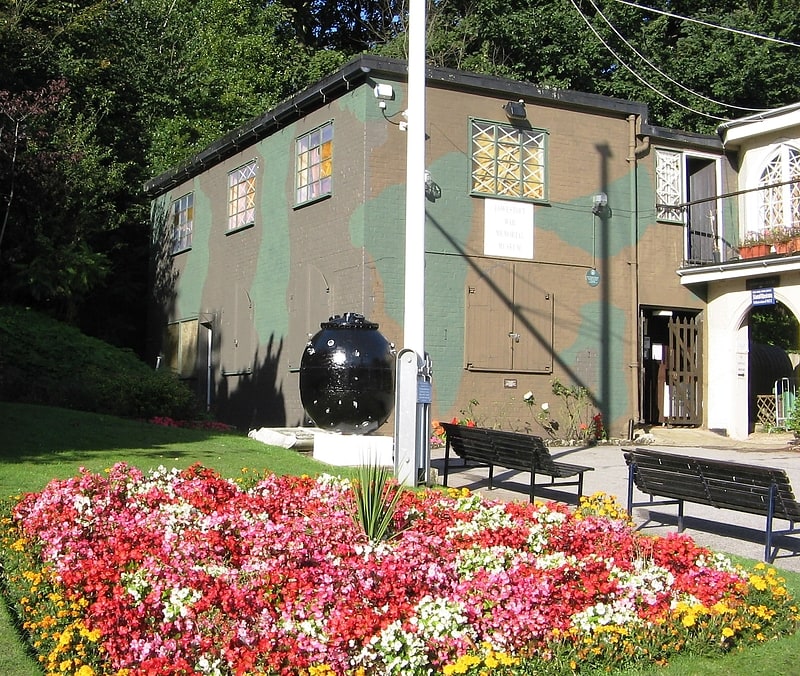
Museum in Lowestoft, England. The Lowestoft War Memorial Museum is a museum located in Lowestoft in the English county of Suffolk. It is housed in the World War II headquarters of the Royal Naval Patrol Service in Sparrows Nest Gardens in the north of the town. The museum is dedicated to all of the people of Lowestoft who served during World War I and World War II. It was opened in 1995, to coincide with the 50th anniversary of VE day on 8 May that year.
The museum is operated by volunteers and is open on some weekends and school holidays during the summer period. Inside the museum is a small chapel and the roll of honour for civilians killed by enemy action in Lowestoft during both World Wars. There are numerous exhibits and photographs, including many that relate to the wartime defences of the town and the effect on the town and its population of the destruction caused by enemy bombing. Other artifacts and photographs tell the stories of the servicemen and women who either served in, or who came from, Lowestoft.[7]
Address: The Sparrows Nest Gardens, NR32 1XG Lowestoft
Lowestoft Lighthouse
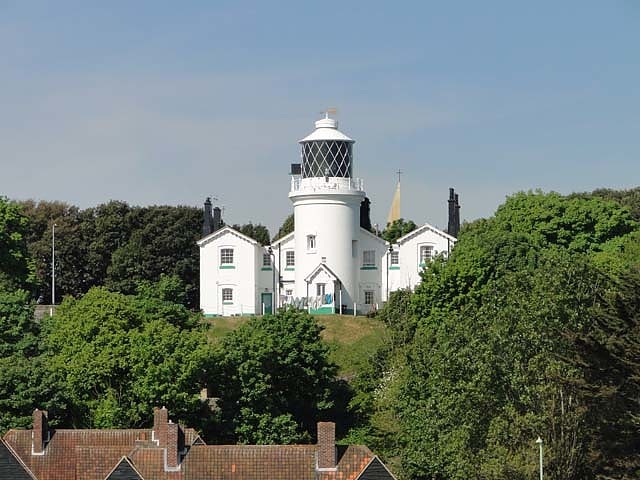
Lighthouse in Lowestoft, England. Lowestoft Lighthouse is a lighthouse operated by Trinity House located to the north of the centre of Lowestoft in the English county of Suffolk. It stands on the North Sea coast close to Ness Point, the most easterly point in the United Kingdom. It acts as a warning light for shipping passing along the east coast and is the most easterly lighthouse in the UK.
The original lighthouses at Lowestoft, which were established in 1609, were the first lights to be built by Trinity House. They marked the southern approach to Yarmouth Roads which, in the seventeenth century, was a key roadstead and anchorage, in frequent use both by vessels engaged in the local herring trade and by colliers on the route from Newcastle to London.
The current lighthouse was built in 1874 and stands 16 metres (52 ft) tall, 37 metres (121 ft) above sea level. The light, which has a range of 23 nautical miles (43 km; 26 mi), was automated in 1975.[8]
Address: 383 Whapload Rd, NR32 1UL Lowestoft
Lowestoft Town Hall

Historical landmark in Lowestoft, England. Lowestoft Town Hall is a municipal building in the High Street, Lowestoft, Suffolk, England. The town hall, which was the meeting place of Lowestoft Council, is a Grade II listed building.[9]
Ness Point

Ness Point, also known as Lowestoft Ness, is the most easterly point of England, Great Britain, the United Kingdom and the British Isles. It is located in Lowestoft in the East Suffolk district of the county of Suffolk. The site is located to the north of the town centre, overlooking the North Sea, and has a direction marker, known as the Euroscope, marking locations in other countries and their distance from Ness Point.
Located at Ness Point is the previous record holder for Britain's tallest wind turbine, nicknamed "Gulliver". It stands 126 metres (413 ft) tall, generating electricity for the National Grid.[10]
Address: Gas Works Rd., Lowestoft
Lowestoft Cemetery
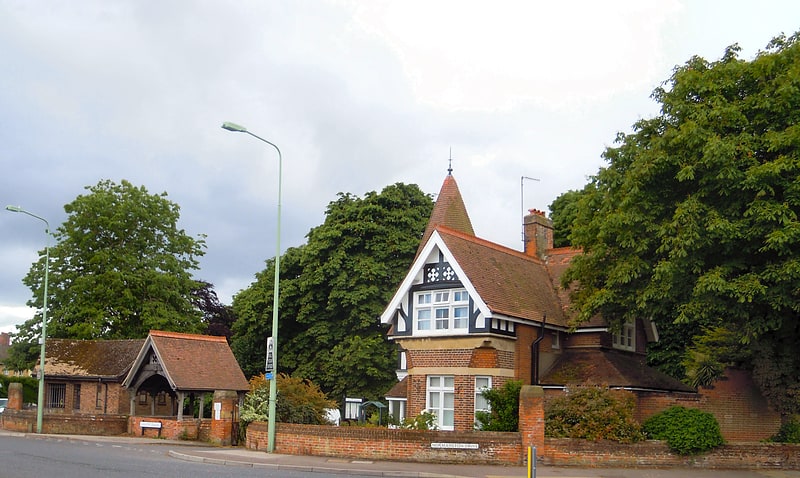
Burial ground. Lowestoft Cemetery is a burial ground in the town of Lowestoft in Suffolk. It is best known for its large number of Royal Navy burials from World War I and World War II; these are maintained by the Commonwealth War Graves Commission. Thomas Crisp, who was posthumously awarded the Victoria Cross in 1917 is commemorated here on his wife's headstone. Buried here is Robert William Hook, coxswain at RNLI Lowestoft from 1853 to 1883 and who has been credited with saving more than 600 lives. The cemetery is managed by Waveney District Council.
Located on Normanston Drive, Lowestoft Cemetery received its first burial in 1885.[11]